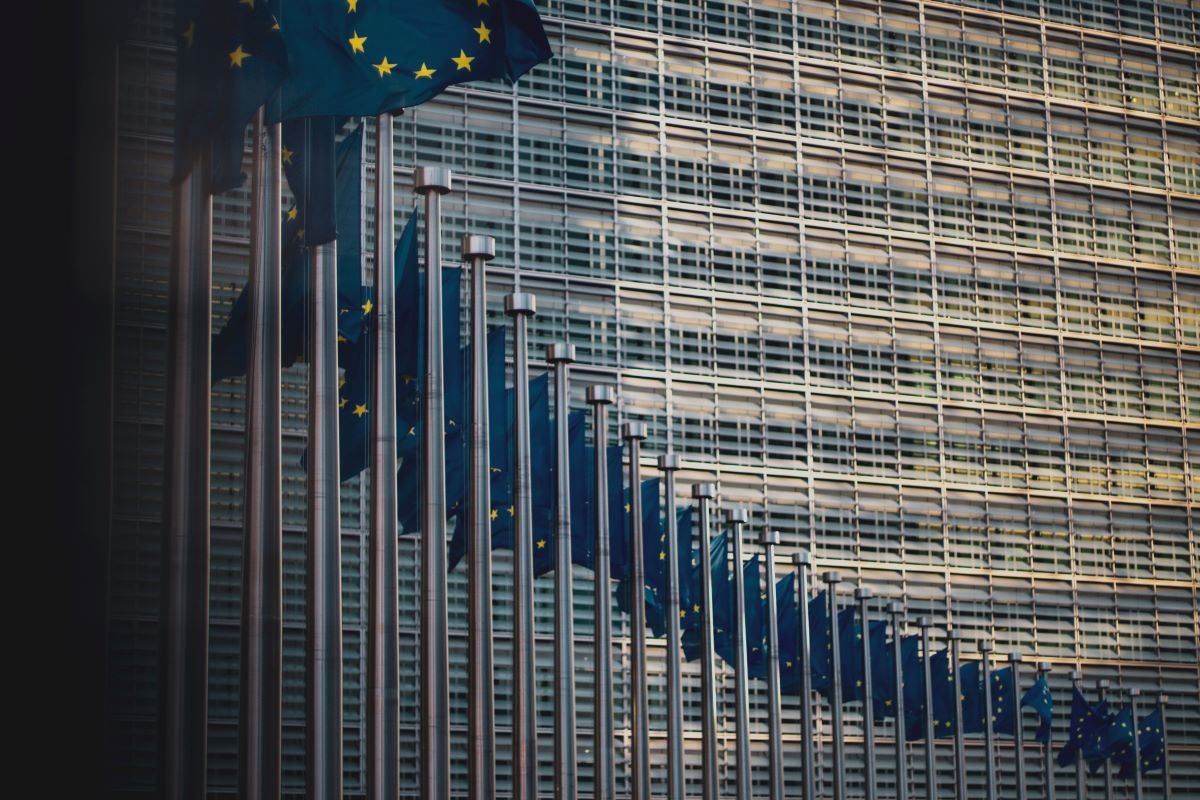After racing for more than three years to define what is a green investment, Europe is struggling to reach a political compromise at the finishing line of the EU green taxonomy. The European Commission delayed publishing the Delegated Act. The Act had been due to set the standard on which economic activities are green in the context of climate change mitigation and adaptation.
This delay is the result of considerable political and industry pressure to weaken some of the criteria and slow down European climate action. It could undermine not only European efforts but also those of other countries, that are looking to the EU taxonomy as the standard to match.
Key issues dividing European Member States include whether natural gas is a ‘transition fuel’, and the taxonomy’s role in financing the transition to climate neutrality.
Conflicting interests have made the taxonomy a battleground
The draft Delegated Act was met with opposition from polluting industries. Several industrial sectors made intensive lobbying efforts to weaken the criteria. They requested the green criteria for a range of sectors, including bioenergy, hydropower and agriculture, diverge from the science-based recommendations of the Technical Expert Group (TEG).
The taxonomy’s treatment of gas has been subject to especially strong lobbying, and not only from industry. Ten Member States threatened to block the Delegated Act. They argued that it could restrict their options for investing in natural gas infrastructure. On the other hand, progressive industries, financial institutions, scientists and civil society organisations called for unabated gas plants to be denied a green investment label and for taxonomy thresholds across all sectors to be set in alignment with scientific recommendations.
Unabated gas-fired generation is neither green nor a transition solution
As more European Member States phase out coal, some of them see unabated gas-fired generation as an opportunity. Yet climate goals and EU commitments both require the energy sector to be decarbonised by mid-century. This means unabated gas-fired generation must be phased out. Replacing coal-fired plants with new unabated gas plants will not cut emissions enough to meet policy goals, even if methane leakage is kept to a minimum. Moreover, new gas-fired power plants could delay the energy transition by slowing the growth of renewable generation capacity. Unabated fossil gas cannot be classified as green.
To consider unabated power generation from fossil gas a ‘transition fuel’ also shows a flawed understanding of macroeconomic risk. Gas-fired power generation capacity built today was designed to operate and produce revenue for several decades. As renewable generation alternatives become cheaper, and governments manage the decline of fossil fuels, new gas infrastructure will quickly become uneconomic. Stranded asset and macroeconomic risks from gas dependence are often underestimated and hydrogen cannot be relied on as a silver bullet to avoid asset stranding.
The EU green taxonomy defines ‘transitional activities’ as those which use best–in–class technologies that have no low carbon alternatives. But this is not the case for gas-fired power generation. By 2025, new renewable generation capacity will be cheaper than the operating cost of existing fossil fuel plants. By 2035, the same will be true of dispatchable renewables (those that can be quickly ramped up or down) in combination with battery storage. The remaining challenge for grid balancing will be that of seasonal balancing, which can be provided by green hydrogen.
The EU green taxonomy is a tool for financing the European transition
The strength of the taxonomy is that it sets out a common framework for classifying green investments. It was originally designed as a tool to inform private investments and safeguard against greenwashing. Now, the question of whether to use it as a prescriptive tool to determine public investments during an economic crisis has taken some Member States by surprise and created political backlash.
Application of the taxonomy within public spending rules would not prevent Member States from investing in gas-fired power generation when they phase out coal, as some countries have already announced their intention to do. It would simply require that gas plants that can be considered green would have to capture and store their emissions.
Equally, the taxonomy offers investment opportunities to Member States that need to take substantial action to reach climate neutrality. Incentivising green economic activities will make them more attractive to investors. Rather than attempting to weaken the green thresholds within the taxonomy and guide investments towards stranded assets, Member States should seek to use the taxonomy to attract the public and private investment necessary to support a rapid energy transition in line with their political commitments and legal obligations under the European Green Deal.



